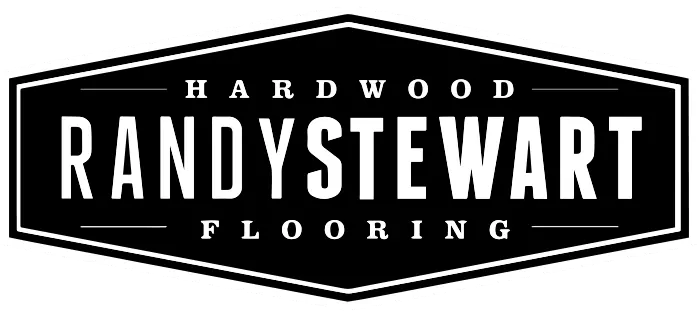Rainbow Row, Charleston, is one of the most iconic and picturesque spots in the city, drawing both tourists and locals alike. Located on East Bay Street, this row of thirteen colorful historic houses offers a vibrant glimpse into the life and architecture of 18th century Charleston.
These pastel-colored homes were restored in the 1930s and 1940s, effectively preserving their historical significance while adding a unique charm to the cityscape. The vivid facades of Rainbow Row not only provide a visual delight but also represent Charleston’s dedication to historic preservation.
Walking along Rainbow Row, visitors can enjoy the blend of historical architecture framed with greenery and cobblestone streets, making it a perfect backdrop for photos and leisurely strolls. The area is surrounded by other notable Charleston landmarks, providing ample opportunities for exploration and discovery.
History of Rainbow Row
Rainbow Row is an iconic stretch of thirteen Georgian row houses located on East Bay Street in Charleston, South Carolina. These houses, known for their vibrant pastel colors, have a rich history that reflects the city’s evolution over the centuries.
Early Beginnings
Originally built between 1740 and 1750, these structures served as commercial spaces for merchants with their living quarters above. The location, near the Charleston harbor, was ideal for traders and businessmen. The architecture featured traditional Georgian elements, including symmetrical designs and classic proportions. The row housed a variety of small stores, showcasing the bustling trade that characterized the colonial economy of Charleston.
Post-Civil War Era
Following the Civil War, the area faced significant economic decline. Many of the buildings on Rainbow Row fell into disrepair and were largely abandoned. This period marked a low point for the iconic street, with several properties remaining vacant and deteriorating. The socio-economic challenges of the Reconstruction era heavily impacted the community, leaving lasting scars on the neighborhood.
20th Century Restoration
The major restoration efforts began in the 1930s. Dorothy Legge, one of the early preservationists, purchased several of the decaying properties. She initiated the colorful repainting that gave Rainbow Row its name. Other residents and investors followed suit, sparking a broader movement towards historical preservation in Charleston. Today, these restored houses draw numerous tourists and stand as a testament to the city’s commitment to maintaining its architectural heritage.
Architectural Significance
Rainbow Row in Charleston is renowned for its distinctive Georgian and Federal architectural styles, vibrant facades, and dedicated conservation efforts.
Georgian and Federal Styles
The Georgian and Federal styles of Rainbow Row highlight the architectural evolution of the 18th and early 19th centuries. Georgian buildings often feature symmetrical layouts, multi-pane windows, and gabled roofs. Characterized by their simplicity and elegance, Federal styles incorporate refined details, such as elliptical windows and fanlights.
The combination of these styles provides a unique historical narrative. Specific elements like the narrow, tall structures reflect the urban planning needs of the period. The preservation of such architectural details gives insight into the craftsmanship and design preferences of bygone eras.
Colorful Facades
Perhaps the most eye-catching feature of Rainbow Row is its colorful facades. Painted in pastel shades, these buildings attract tourists and locals alike. The tradition of vibrant colors started in the 1930s and 1940s when local historians and preservationists sought to revitalize the area.
Each building’s color scheme is carefully chosen to maintain aesthetic harmony while respecting historical accuracy. In addition to aesthetic appeal, these colors also help highlight the architectural details that make each home unique. The result is a lively and picturesque street that stands out in Charleston’s historic district.
Conservation Efforts
Conservation efforts have played a crucial role in maintaining Rainbow Row’s architectural significance. Organizations such as the Preservation Society of Charleston have put forth regulations and guidelines to protect these historic properties. Strict zoning laws ensure that renovations remain true to original designs while incorporating modern amenities.
These efforts extend to maintaining the structural integrity of the buildings. Regular inspections and restoration projects are conducted to address wear and tear, ensuring that future generations can continue to admire these architectural gems. Through such dedicated conservation work, Rainbow Row remains a timeless symbol of Charleston’s heritage.
